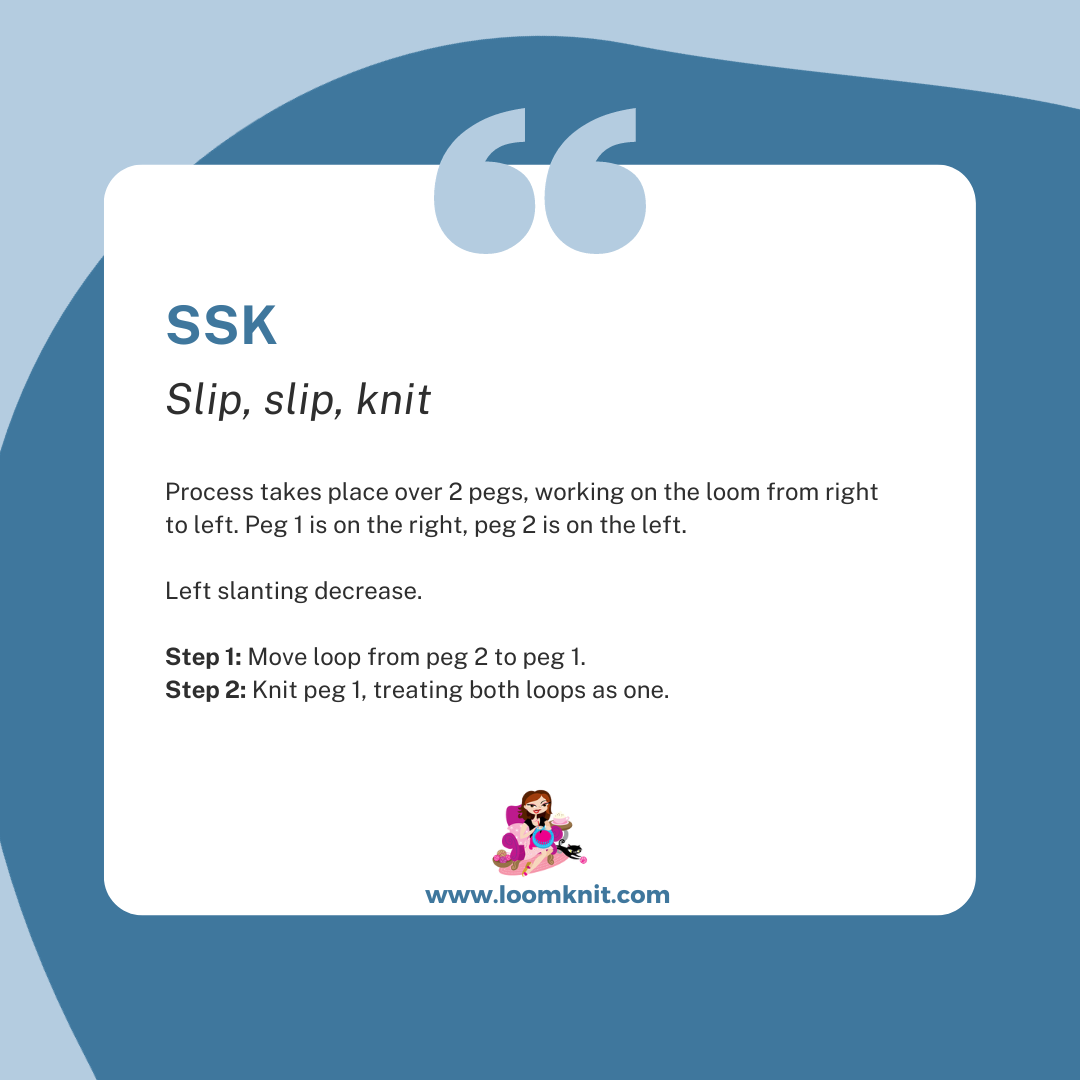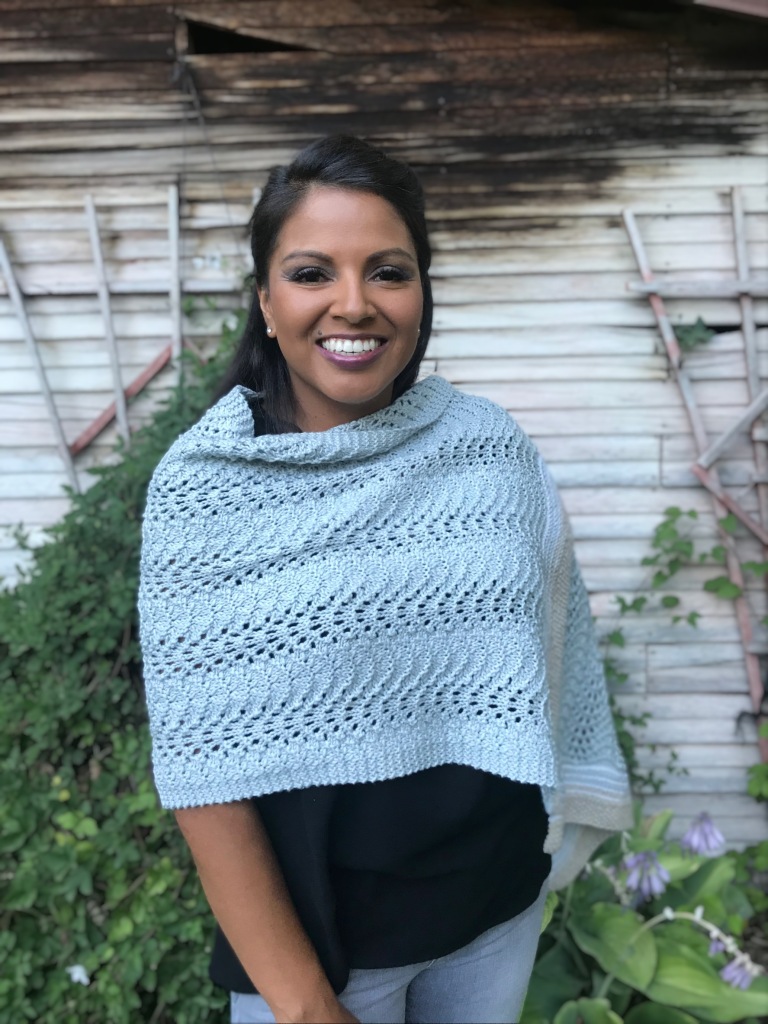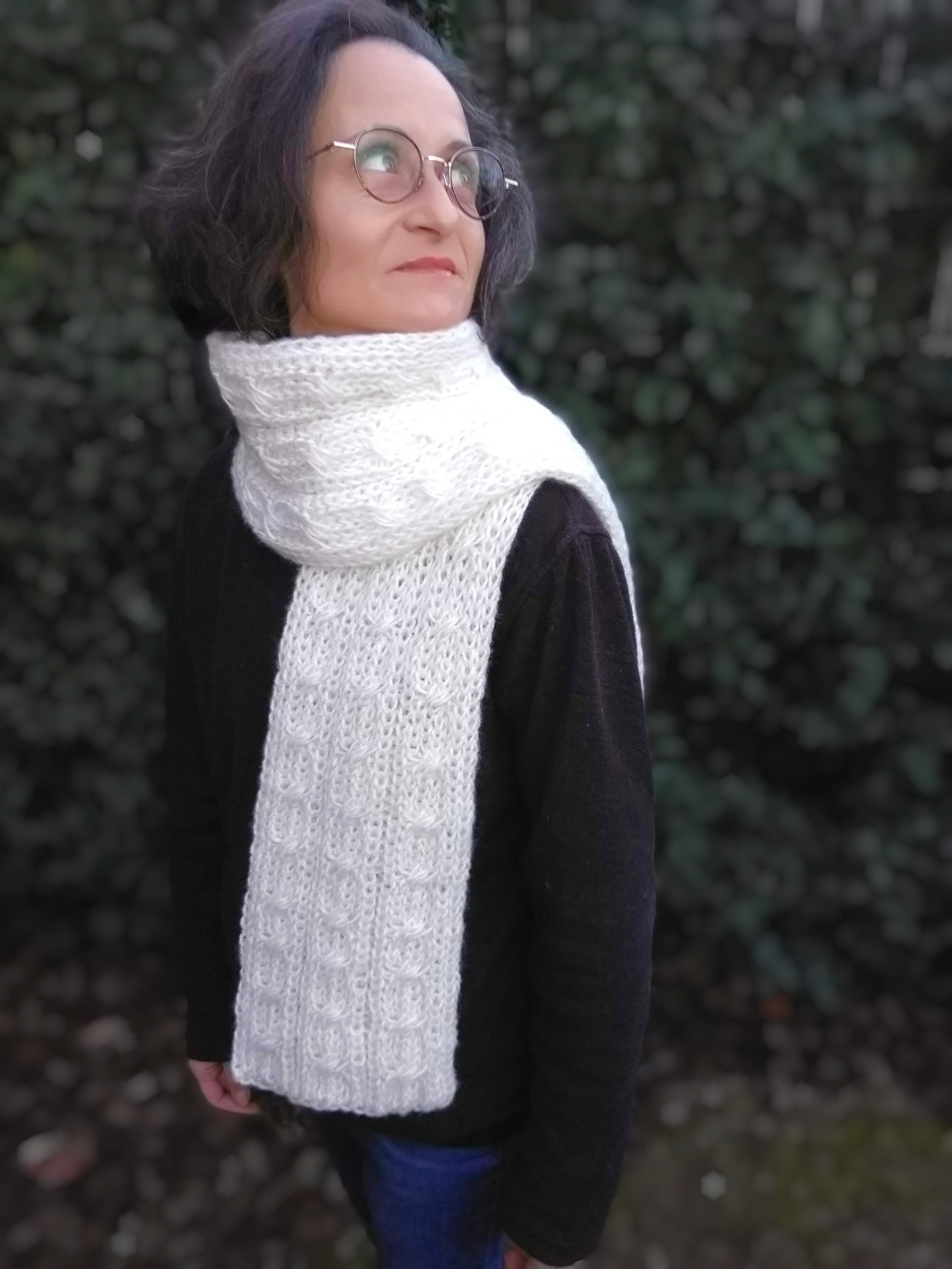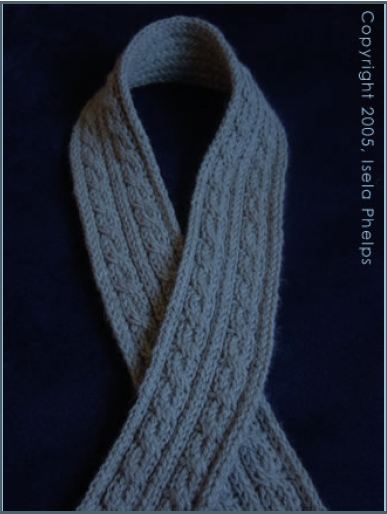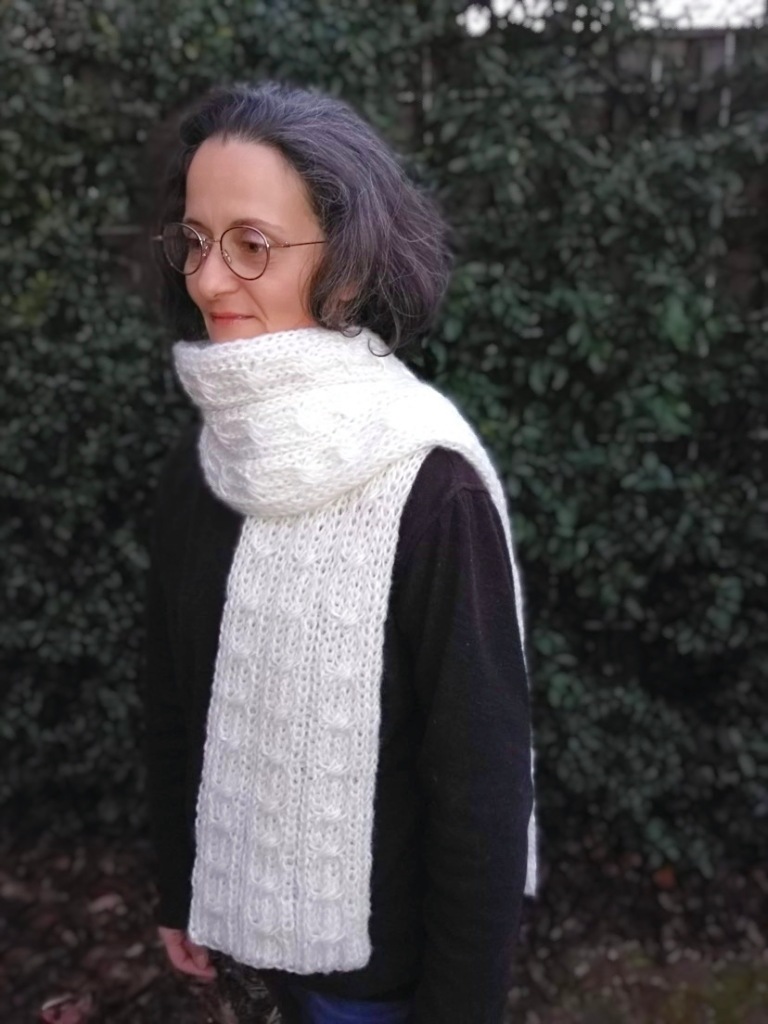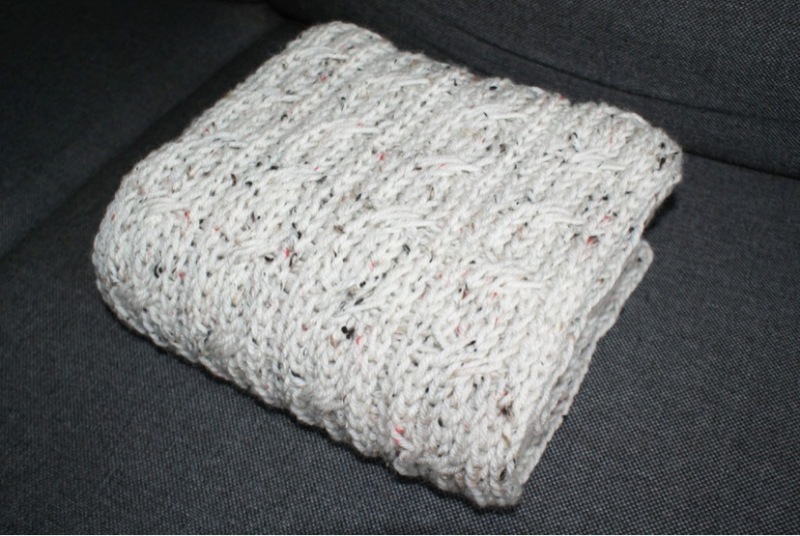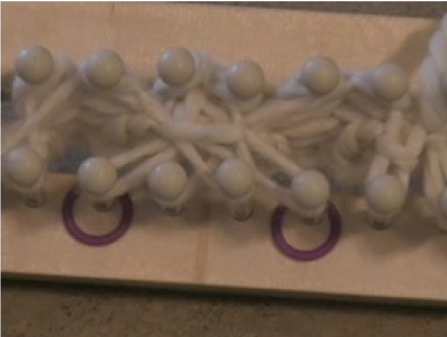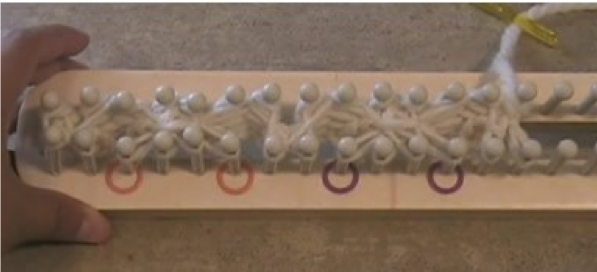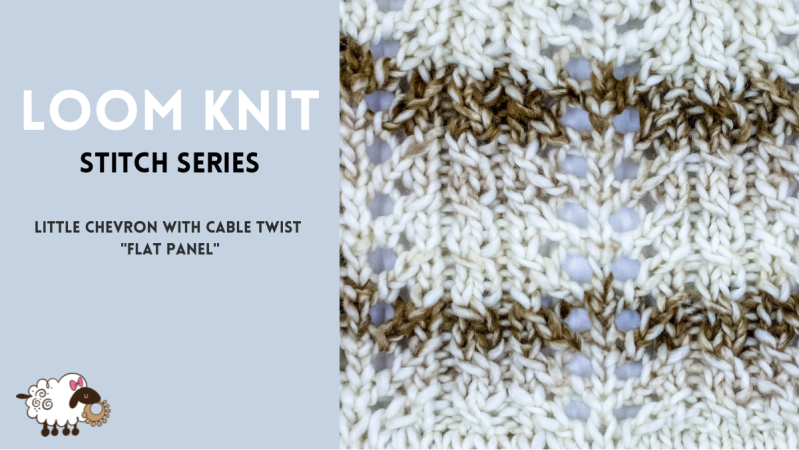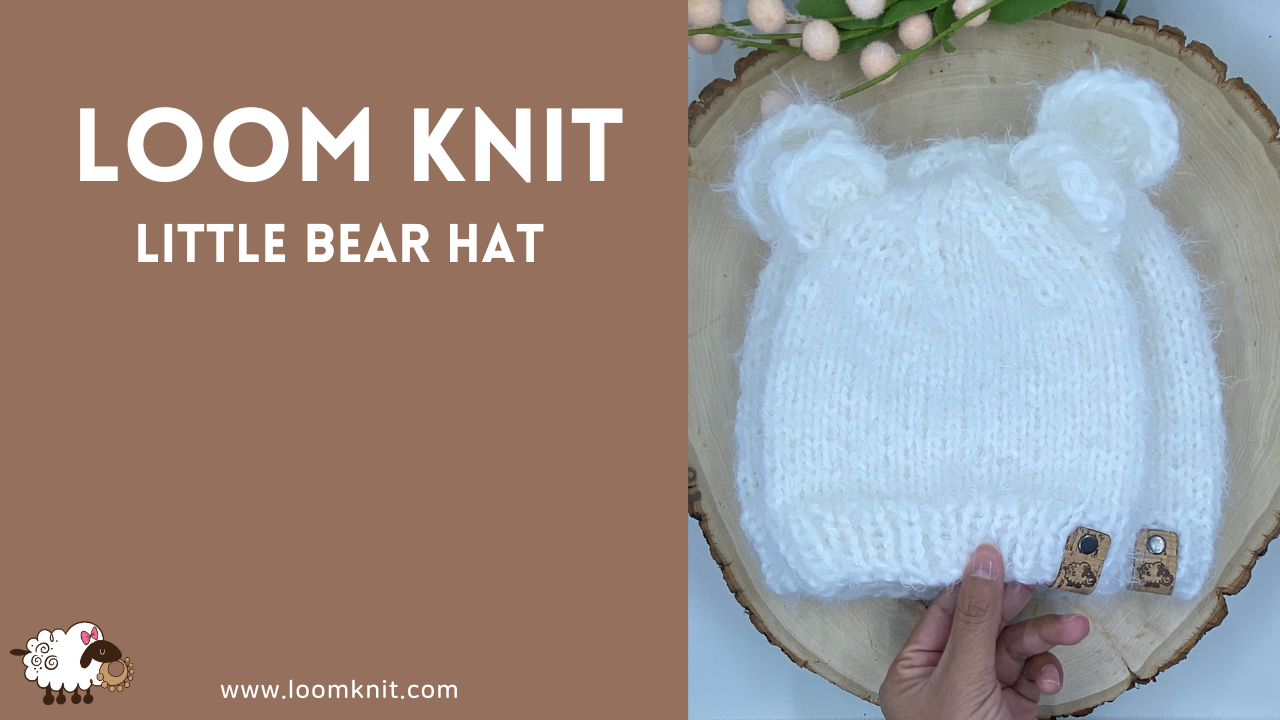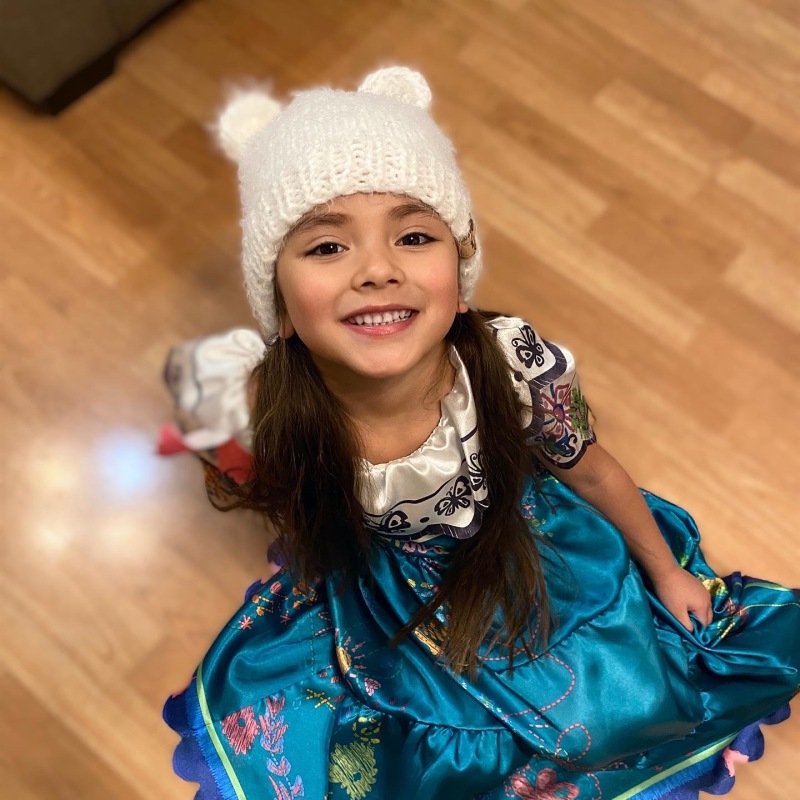It was almost 23 years ago when I went deep into the art of loom knitting. Now, it seems like something I have been doing for almost my entire life. Up to that point, my expertise was in regular knitting and crochet. But I do remember playing with a little 4-peg corker as a child. I am often asked why loom knitting? If you know how to knit with traditional knitting needles, why switch to loom knitting? For me, it was more of a default task when my hubby started a loom knitting manufacturing company. Since I had knowledge of traditional knitting, the responsibility fell on my lap to create some basic instructions to send out with the product.

Now, my advice to others wanting to learn to knit is simply: Loom knitting offers a delightful entry point into the world of knitting, making it an ideal choice for beginners eager to explore the craft. Unlike traditional knitting with needles, loom knitting simplifies the process by using a circular or rectangular loom with pegs to create stitches. It is very, very hard to drop stitches on a loom. Your tension will most likely remain the same throughout the project. One of the joys of loom knitting lies in its accessibility; the technique requires minimal dexterity and coordination, making it suitable for individuals of all ages and abilities. With just a few basic techniques, beginners can quickly produce a variety of projects, from cozy scarves and hats to plush blankets and socks, fostering a sense of accomplishment and satisfaction.
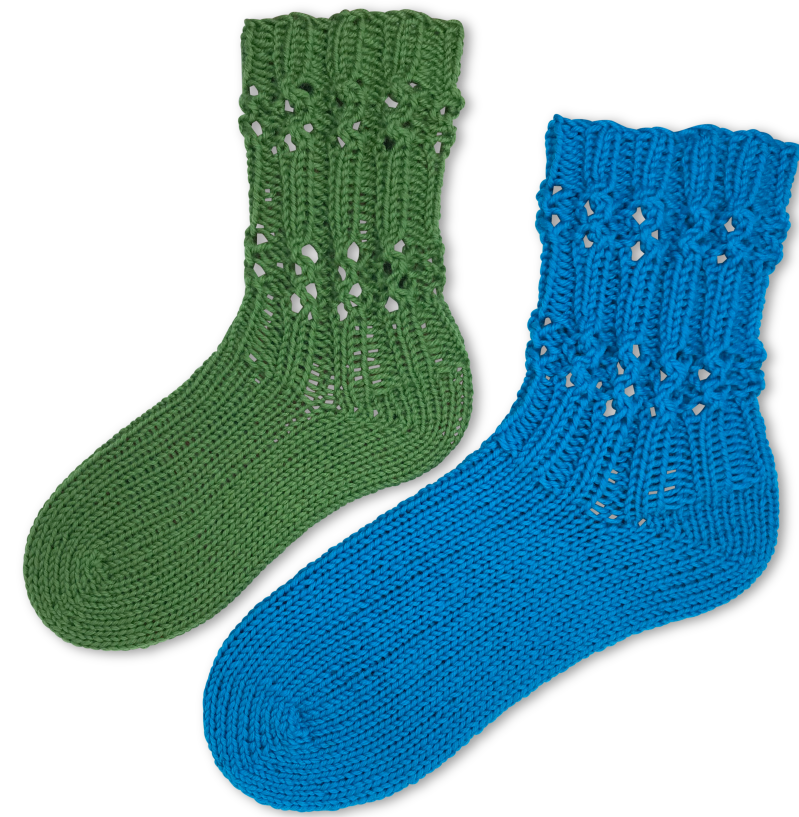
Moreover, loom knitting offers a tactile and therapeutic experience that promotes relaxation and mindfulness. As the soft yarn glides effortlessly over the loom, knitters find solace in the rhythmic repetition of stitches, allowing them to unwind and destress from the demands of daily life. The simplicity of loom knitting also encourages creativity and experimentation, empowering beginners to explore different yarn textures, colors, and stitch patterns without the intimidation often associated with traditional knitting. With its gentle learning curve and therapeutic benefits, loom knitting provides a fulfilling and enjoyable journey for novices embarking on their knitting adventures.

Although I have been loom knitting now for what seems like a lifetime, I still receive tremendous joy when I create something unique with a loom. Seeing pattern ideas come to life gives purpose especially when knowing that sharing these creations will spark a light in others.


